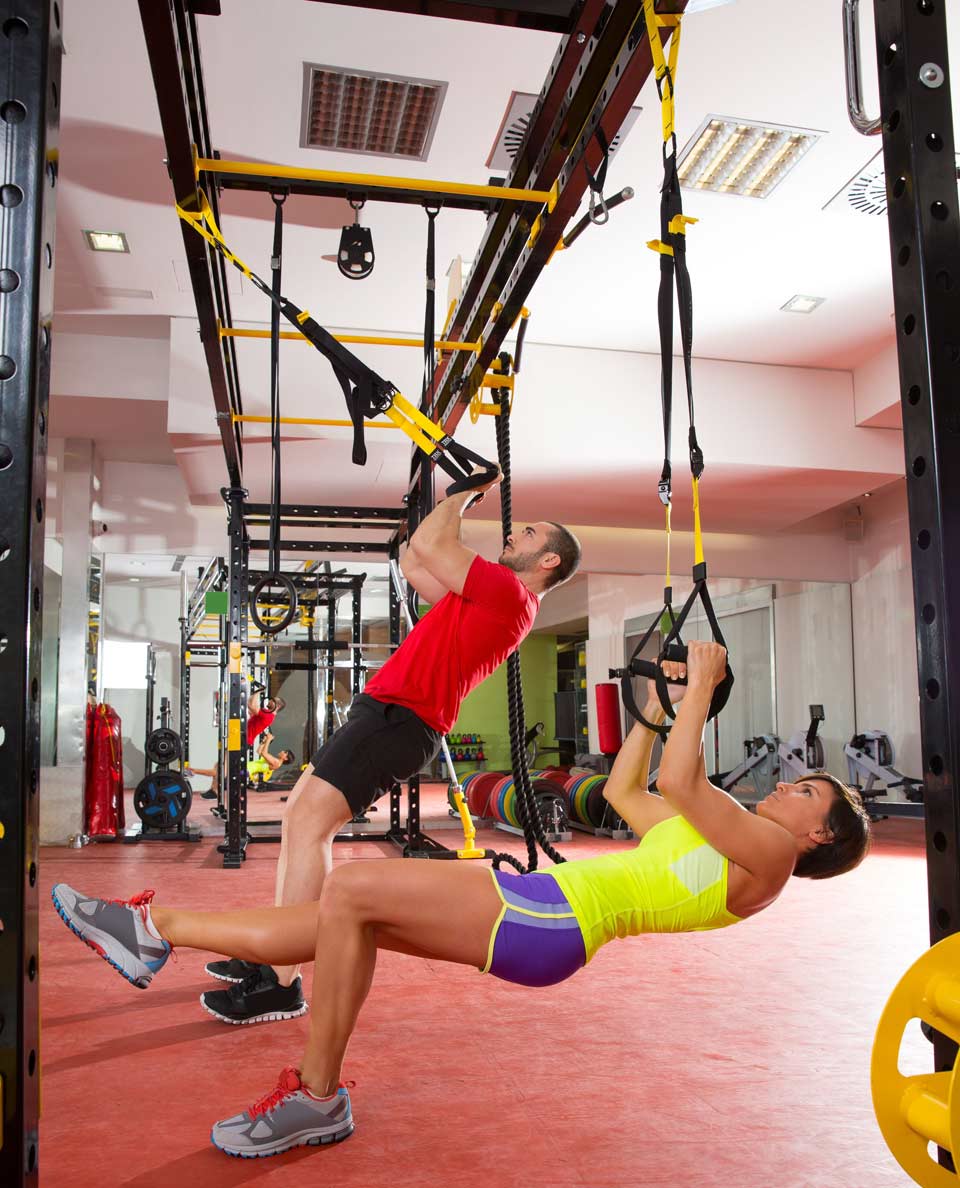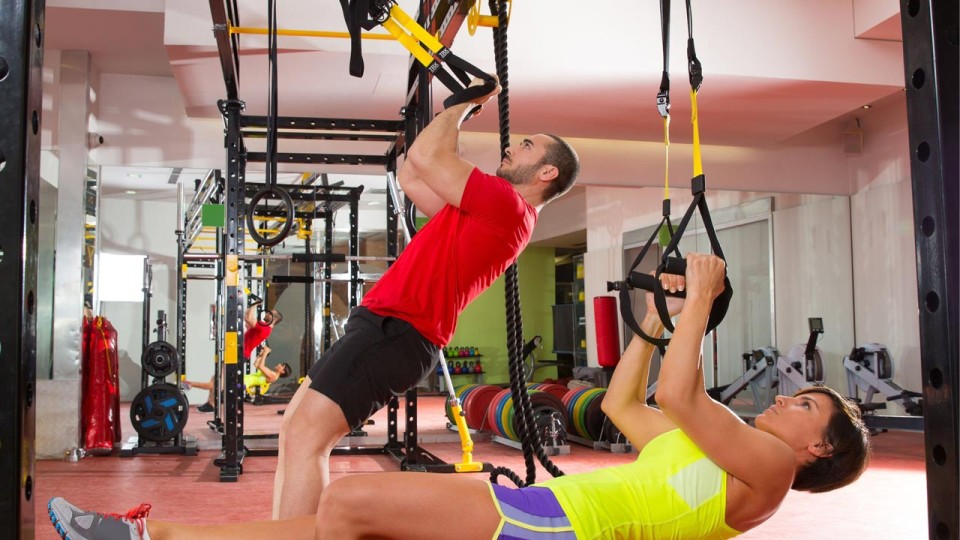It’s no secret that runners are a competitive bunch. No matter what level you are at, the desire to get an edge is a natural one for runners. And while it is possible to create some of this competitive edge yourself by digging deep and pushing yourself through the last mile or hundred meters, you can also get an edge with smart training techniques.
Although training tends to vary based on your level of experience as well as your racing events, some techniques can provide universal benefits. A great example is cross training. Cross training involves complementing your primary running training with other athletic activities, such as weight lifting, cycling, and other sports. Implementing cross training can offer a broad spectrum of benefits to runners. Not sure if cross training is for you? Read on to discover the advantages.
1. Enjoying Other Sports
Running trains your physical endurance and mental fortitude. Whether you enjoy shooting hoops or some baseball, the strong heart and good lungs that you’ve trained and honed can be transferred to almost any other sport you can think of. If you haven’t played a certain sport in a long time due to your dedication to running, you may be surprised at how much your game improves based purely on improved stamina and endurance. This can help you enjoy those sports more and give you yet another athletic hobby to fill your free time.
Because running is a full-body exercise, the benefits to your body that arise out of running regularly can translate to many different sports. Even in activities such as rowing and hockey where you don’t actually run, the enhanced lung capacity and endurance will reap benefits and make those activities feel less like work and more like fun.
2. Break Up the Monotony
No matter how much you enjoy running, pounding the same route day after day will eventually become boring. Humans are turned off by monotony, and when your interest and passion begin to fade, your performance will suffer as well. Additionally, if you run for its stress-relieving benefits, you may find that being bored and frustrated with the monotony of your routine can distract you and impair your ability to relax.
With cross training, you can inject new interest and enthusiasm into your routine because you’ll be enjoying a variety of new activities. Rather than facing yet another dull day of the same workout, you will find you have something to look forward to when you incorporate different activities into your workout schedule. This will spark more enthusiasm and help you get the most out of your exercise.

3. Active Recovery
In the unfortunate event that you did sustain an injury, cross training allows you to continue to train. Of course, when the only activity available is running, any lower-body injury means that you’re looking at a lot of couch time. However, if you engage in cross training, you can lift some weights and work on your upper body if you’ve sustained an injury such as a sprained knee. Alternatively, if you’ve suffered an arm or shoulder injury that would render you unable to swing your arms normally, you may be able to take advantage of lower-body weightlifting workouts or stationary cycling sessions.
4. Lift Some Weights, Prevent Injuries
Expanding your exercise routine to include some strengthening exercises will give a great deal of benefits for you. Working specific muscle groups will help you improve specific aspects of your athletic exploits. Weightlifting isn’t just for getting big, bulky muscles either; these strength-based workouts will help ensure your body is ready, no matter how demanding your race schedule is. Stronger muscles will be more resistant to pulls, tears, and other injuries, and weight lifting also enhances bone density and strength.
Working your core muscles such as the abdominals, obliques and hip flexors will help you maintain your form even when you’re tired, reducing the risk of missteps. Additionally, strengthening your quadriceps, hamstrings and calf muscles will ensure that no part of your leg is doing an inordinate amount of work or altering your stride, a common source of injury.

5. Reduce Wear and Tear
Overuse injuries are the curse of the running life. Who hasn’t caught themselves thinking “Argh, my damn knee again…” This is because, regardless of how you vary your workouts in terms of speed, intervals, or route, there is inevitably a certain degree of repetition inherent in running. With cross training, you will be able to improve your athleticism and get in better shape for running without subjecting your body to pounding steps on the pavement.
For example, strength-training exercises can help you put more power in your stride and enhance your speed. Lower body exercises will help train your body to push off of the ground with more force in each and every step, without involving hard contact with the ground like running. Cross training will also help you enhance the strength and endurance of your muscles, meaning that you will be less likely to incur injuries down the road.
Although cross training workouts may be quite different from running, the benefits of cross training workouts translate to running surprisingly well. Benefits such as improving your muscular strength, enhancing your injury resistance, and allowing for active recovery all make cross training a great idea for any runner.





